Exploring World Cultures: 4 Multicultural Activities for Preschoolers
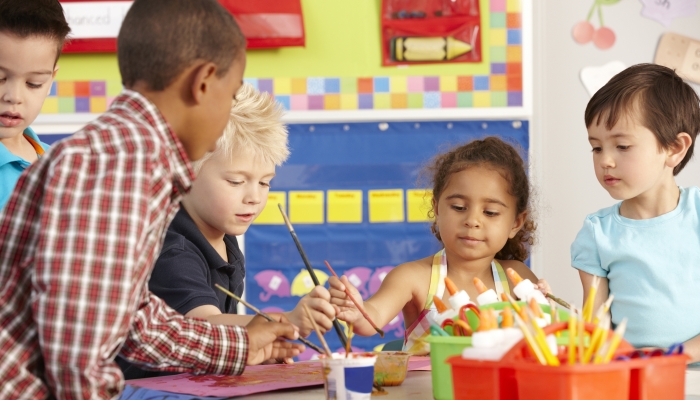
- Take your preschooler on a journey around the world without leaving the comfort of your home.
- Exploring world cultures can include learning about cultural traditions, reading multicultural children’s books, and learning words from different languages.
- Learning about world cultures helps children understand diversity, relate to people from other cultures, and see that we have much in common with people around the world.
Many parents want their children to learn about the wider world from an early age. Though your child spends most of their time at home or in their local community, they are also a part of the global community.
The best way to teach your child about other cultures is to get out there and experience them. Though you may not have the budget to jet off to far-flung corners of the globe, you can give your child a taste of multiculturalism right where you live.
There are lots of fun and engaging multicultural activities for preschoolers that you can try at home. These activities don’t need to be time-consuming, expensive, or require lots of setup. It could be as simple as picking out multicultural stories at bedtime or trying foods from other cultures. Rather than seeing diversity as a one-off lesson, try to include it as often as possible.
Multicultural Activity 1: Global Storytelling
- Joseph Coelho (Author)
- English (Publication Language)
- 32 Pages – 06/15/2019 (Publication Date) – The Quarto Group (Publisher)
Storytelling is a fantastic way to share other cultures with your child. Children love hearing stories, especially when brought to life with props and voices.
Materials Needed
- A collection of folktales from different cultures. There are many books filled with stories from other cultures, from beautifully illustrated picture books to longer tales of folklore for older children.
- Props related to the stories. Bring the stories to life with relevant props and accessories. Puppets are a great way to animate your tales. Masks and costumes can be used to dramatize the story as well. Kids love getting involved in imaginative storytelling.
How To Play
Read the stories to your children and involve them in bringing them to life. Discuss the story’s meaning and any lessons it’s trying to teach the listener. Younger children may enjoy hearing the same story time and time again. Some great picks for early years children include If All the World Were by Joseph Coehlo, Don’t Spill the Milk by Stephen Davies, and Fortune Cookie Fortunes by Grace Lin.
- Used Book in Good Condition
- Hardcover Book
- Davies, Stephen (Author)
- English (Publication Language)
Skills Developed
Don’t underestimate the importance of stories for young children. This activity will improve your child’s:
- Language skills. When it comes to language development, reading stories has a vital part to play in improving your child’s vocabulary. The more words your child hears, the more they can understand and use.
- Listening skills. Young children aren’t great listeners. They’re easily distracted and often full of energy, so they may struggle with sitting still for long stories. The more practice they get, the better their listening skills will be. You don’t need to force them to sit still and listen; the best way to encourage them to listen is to engage them with the story. This is where the props come in.
- Understanding. The more your child is exposed to other cultures, the greater their understanding of the world will be. The world is filled with diverse cultures; understanding this from a young age encourages acceptance and respect for our diverse world.
- Lin, Grace (Author)
- English (Publication Language)
- 32 Pages – 12/26/2006 (Publication Date) – Dragonfly Books (Publisher)
Follow-Up Activities
Reading stories from other cultures is great, but your children will develop a deeper understanding of different cultures if you provide follow-up activities. Here are some examples of follow-up kids multicultural activities based on stories from around the world:
- Drawing or painting scenes from the story. Kids love arts and crafts. So, this is a fantastic way to engage your child further with multicultural books. The picture book may act as inspiration for your child’s creations. Break out the paints, colored paper, and glue so your child can get stuck in learning about diversity.
- Learning a new language. Why not teach your child some basic words from the story’s origin language? Simple phrases such as “hello,” “please,” and “thank you” can be easily introduced even to very young children.
Multicultural Activity 2: International Music and Dance
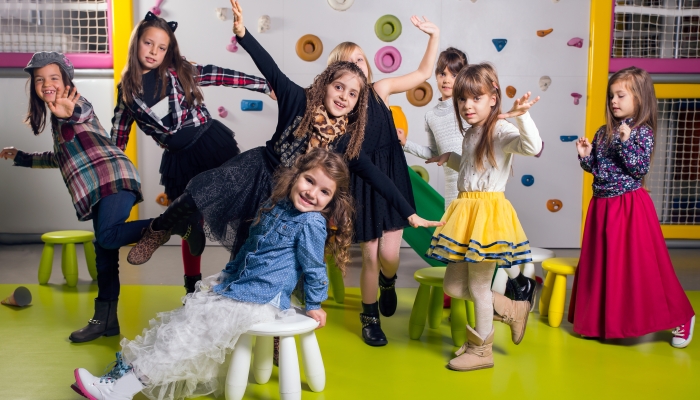
Music can vary wildly between different countries, and encouraging children to play music and dance is a fun way to teach them about another culture. Movement is always a fun way to engage kids, burn off energy, and have fun with your little ones.
Materials Needed
- A selection of music from the country or culture of your choice. YouTube is filled with videos teaching beginners dances to different styles of music. If you choose a good video, the presenter will likely explain the origins of the dance and the significance of the moves as you go.
- Musical instruments. If you are musically inclined, you could include musical instruments in your play. Different countries have different instruments, so you may need to search for suitable instruments for each country. Don’t be afraid to get creative. You can teach your children to drum on their knees or clap rather than fork out for a drum.
How To Play
If you’re going to learn a dance, watch the video together and get moving. Ensure you get involved; your child will love having fun and dancing with you. Pick a YouTube video with plenty of additional info so you and your child learn about the culture while learning the dance. Dance With Miss Priya has some fun Bollywood dancing videos on YouTube you can watch for free.
Skills Developed
Dance and movement are fantastic for people of all ages. Some of the skills your child will be developing while learning world dances include:
- Motor skills. Dancing is excellent for developing your gross motor skills. Complicated hand moves will also be good for developing fine motor skills, so try to pick out a dance with a mix of big and small dance moves. Dancing is great for developing coordination, burning off energy, and helping your child release pent-up emotions.
- Rhythm. Learning to dance and play instruments will help your child to understand rhythm. Through practice, they will learn to move in time to the music.
- Musical understanding. Your child probably hears a very narrow selection of music styles, from children’s music to whatever you like to listen to. Listening to world music together will encourage your child to develop an appreciation for a wider selection of music and help them understand cultural differences when it comes to music.
Follow-Up Activities
Some simple follow-up activities for this task include:
- Performing your dance. Encourage your child to perform their dance, perhaps to friends or grandparents. Or make a video of the dance so you can watch it back together.
- Making simple musical instruments. Children love being noisy, so making musical instruments is a dream come true. You can easily make shakers by part-filling an empty plastic bottle with rice. String instruments can be created with the help of a tissue box and some elastic bands. Pots and pans can be turned into an impressive drumkit with minimal effort.
Multicultural Activity 3: World Arts and Crafts
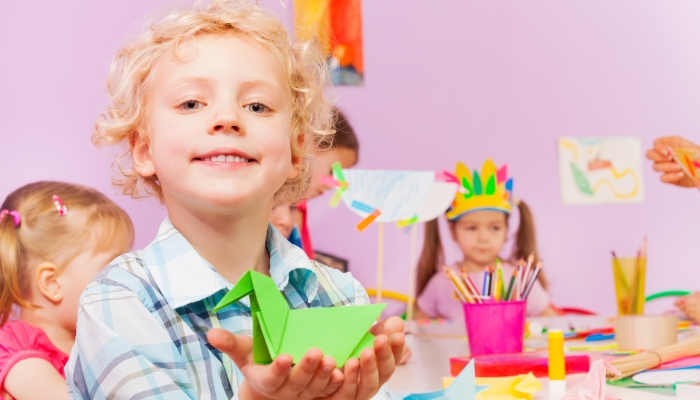
Kids love getting their hands dirty, so arts and crafts activities are always a hit. You can include arts and crafts in your learning of other cultures.
Materials Needed
- Art supplies. The art supplies you need will depend upon the art you decide to make. Use clay, paints, paper, fabric, and felt tips. There are so many different ideas online, so you’ll be able to find an easy craft activity that fits with the culture you’re learning about.
How To Play
Firstly, you’ll need to show your children some inspiration. Pick an artistic style you’d like to copy and learn about the history of art in that culture. You could use brightly colored clay to create some alebrijes sculptures inspired by Mexico or use colored paper to make some koinobori from Japan (take a look at this fun tutorial on YouTube).
Challenge your child to create their own piece of art inspired by the works they’ve seen. Ensure you have the right color palette so children can copy the original artwork. Once it’s completed, hang the work proudly on the wall.
Skills Developed
Artistic play is fantastic for improving:
- Fine motor skills. Working with clay, cutting, gluing, and painting are all great for developing fine motor skills. Children have to concentrate quite carefully when being creative, so their hand-eye coordination improves as they work.
- Creativity. The more opportunity you give children to be creative, the more creative they will become. Let your child go wild with different colors, techniques, and styles, and watch how they settle on their own style over time.
Follow-Up Activities
The perfect follow-up activity is a visit to an art gallery to see some world art. An art gallery trip is fun, and there are often activities children can take part in at the exhibition.
Multicultural Activity 4: Global Cooking Class
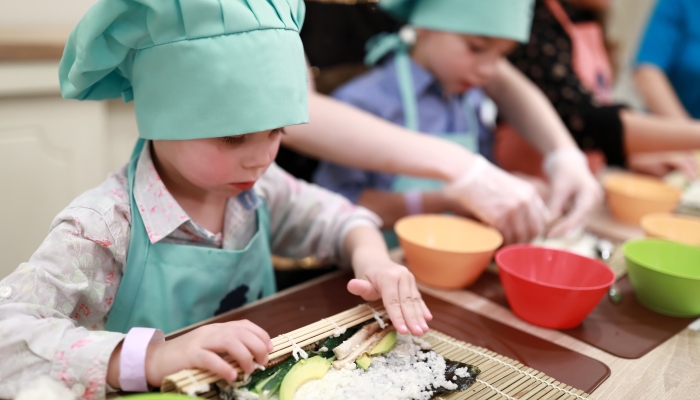
Food is often one of the first things to come to mind when considering different cultures. The tastes and smells of food from other parts of the world can be quite different, so this is a great thing to investigate with young children.
Materials Needed
- Simple recipes from different cultures. When cooking for preschoolers, it’s essential to consider their palette. They may not like overly spicy foods, so you might want to choose toned-down recipes to try with young children.
- Cooking utensils and ingredients. Pick an easy recipe with simple ingredients such as samosas, sushi, or pizza, depending on your chosen culture.
How To Play
- Prepare a dish from a selected country with the help of the children. Get the children involved in the preparation. Even young children can use safety knives to cut food with careful supervision. Encourage children to mix, pour, and get involved in the cooking. Use this activity to teach the importance of kitchen hygiene, too.
- Discuss the origin of the dish and its ingredients. There may be ingredients children aren’t familiar with, so explain each ingredient as you go. Discuss the dish’s origins and whether it is considered an everyday or celebratory dish.
- Enjoy!
Once the dish is ready, you can each sample the meal. Discuss the different flavors and what it tastes like.
Skills Developed
Cooking is a fun way to develop fine motor skills. It also teaches children to use their senses and encourages them to try new foods. Trying world foods is a good way of fostering respect for different cultures from around the world.
Follow-Up Activities
A fun follow-up activity is to host a celebration meal for teaching diversity. For example, this could be a Diwali celebration feast or a Chinese meal celebrating the Chinese New Year. As well as preparing a traditional meal together, the preschoolers could create decorations.
Inviting members of the local Hindu community to teach the children more about Diwali and share a meal would be an excellent way of valuing diversity and encouraging children to value other cultures from a young age.
What Are the Objectives of Multicultural Activities?
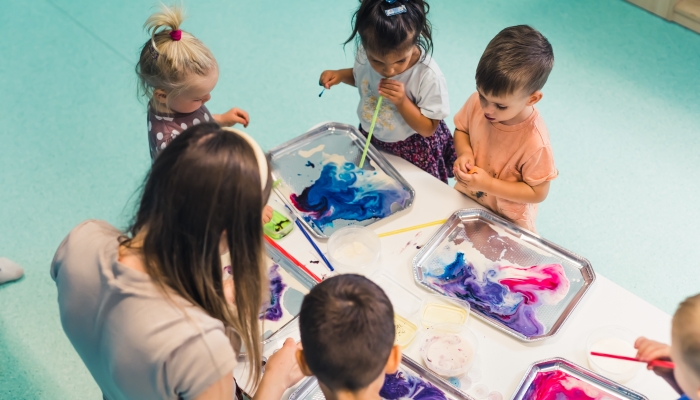
The main objective of multicultural activities is to teach children about the wider world. Not only do these activities celebrate the various cultures of children within your local community, but they also teach all the children that we are part of a diverse world. If we want children to grow up tolerant and accepting, we must show them there is no such thing as “the norm.”
Teaching about different cultures, religions, and countries from a young age encourages children to grow up accepting differences. This is an essential social skill for a healthy society. Teaching empathy and understanding for others is crucial for social emotional development, so ensure you have these important conversations with your preschooler.
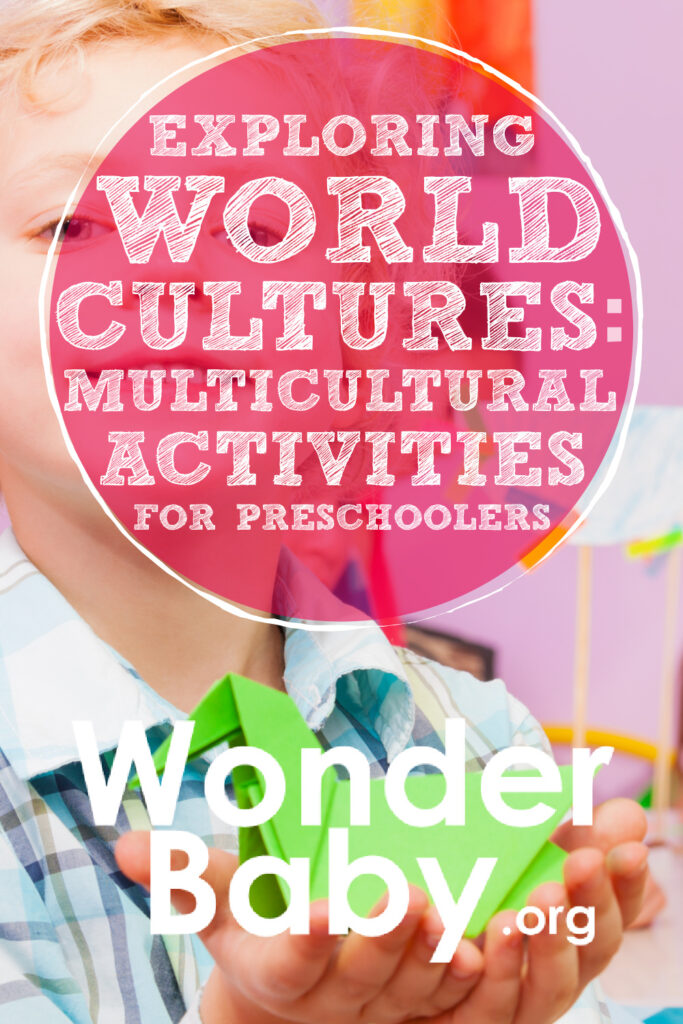
Related Posts
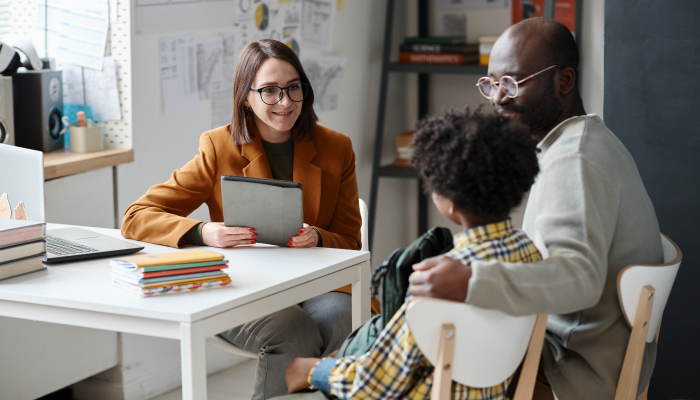
IEPs
What Should I Bring to My Child’s First IEP Meeting?
Prepare for your child's first IEP meeting with confidence! Discover exactly what documents to bring, including educational records, medical info, and questions to ask.
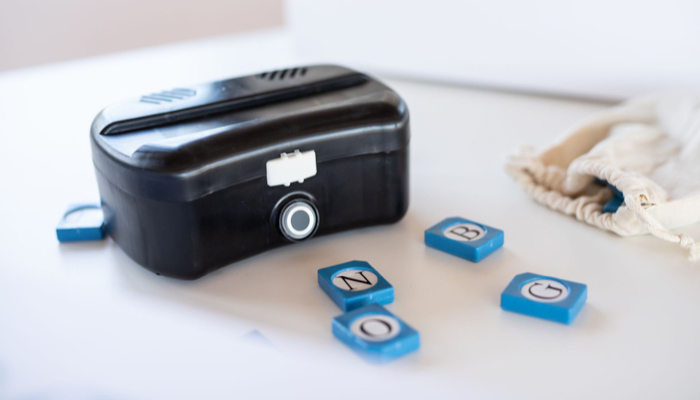
Braille and Literacy
Making Braille Fun: Introducing Handi Exceller’s Innovative Learning Tools for Blind Students
Handi Exceller was born from a simple idea: learning braille should be both fun and accessible. The company creates interactive and gamified ways to teach braille.

Braille and Literacy, Toys, Visual Impairment
24 Braille Toys for Kids Who are Blind
Everything from alphabet blocks to raised line coloring pages and activity books to puzzles to card and board games... and so much more! And it's all in braille ready for...


